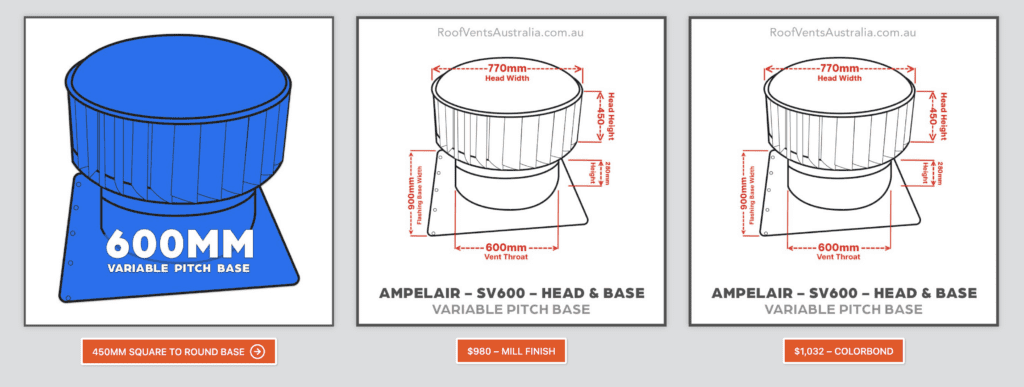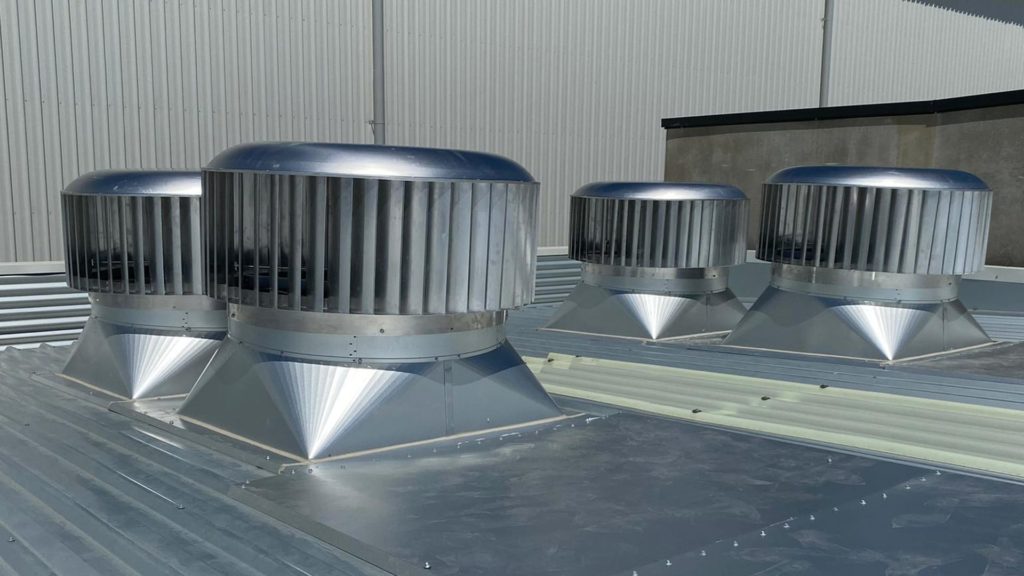Whirlybird Installation in Australia: Best Practices, Costs, and Maintenance


Whirlybird Roof Vents Installation packages Greater Sydney Area – Click Here
Gutter Sumps to the Trade Shipped Free Australia Wide – Click Here >
Rain Heads to the Trade Shipped Free Australia Wide – Click Here >
Dambuster Rain Heads Shipped Free Australia Wide – Click Here >
Eco-Friendly Roofing Insulation Shipped Free – Click Here >
Introduction
Whirlybirds, also known as wind-driven roof turbine fans, have become an increasingly popular choice for homeowners and businesses in Australia seeking efficient and eco-friendly ventilation solutions. These innovative devices harness the power of the wind to improve indoor air quality and reduce energy costs. However, to fully benefit from Whirlybirds, proper installation and maintenance are essential. In this article, we will explore the best practices for Whirlybird installation in Australia, the considerations involved, associated costs, permit requirements, and valuable maintenance tips to ensure their longevity and efficiency.
Understanding Whirlybirds
Before delving into the installation process, it’s important to understand what Whirlybirds are and how they work. Whirlybirds are roof-mounted ventilation devices equipped with rotating blades that are designed to extract hot and stale air from the interior of a building. As the wind blows, the blades spin, creating a vacuum effect that draws air from inside the building and expels it outside. This natural ventilation process helps regulate indoor temperature and moisture levels, making Whirlybirds an eco-friendly and cost-effective solution for many Australians.
Best Practices for Whirlybird Installation
- Professional Installation:
When it comes to Whirlybird installation, it is highly recommended to hire a professional roofing contractor or installer with experience in ventilation systems. They have the expertise to determine the best location for your Whirlybirds and ensure they are securely attached to the roof, preventing any potential leaks or damage.
- Consider Roof Compatibility:
Before installing Whirlybirds, it’s important to consider your roof type. Different roof materials and designs may require specific installation methods. Metal roofs, for instance, may need additional brackets to support the Whirlybird, while tiled roofs may require flashing for a watertight seal.
- Proper Spacing:
The number of Whirlybirds required for your property depends on its size and ventilation needs. A rule of thumb is to have one Whirlybird for every 100 square meters of roof space. Proper spacing ensures efficient airflow and ventilation throughout the building.
- Roof Penetration:
Whirlybird installation typically involves making a hole in the roof for the device’s shaft. To prevent leaks and ensure a watertight seal, it’s crucial to use high-quality flashing and sealants during installation. A professional installer will ensure that this step is executed correctly.
- Wind Direction:
Consider the prevailing wind direction in your area when installing Whirlybirds. Placing them on the side of the roof that faces the prevailing wind ensures maximum ventilation efficiency.
Whirlybird Installation Considerations
- Roof Angle:
The pitch or angle of your roof can impact the performance of Whirlybirds. While they work on most roof types, steeper roofs may generate more wind energy and thus provide better ventilation.
- Roof Color:
Dark-colored roofs absorb more heat, which can lead to increased indoor temperatures. Installing Whirlybirds on such roofs can help dissipate heat more effectively, improving overall comfort.
- Roof Obstructions:
Ensure that there are no obstructions near the Whirlybirds, such as nearby trees or buildings, which could block the wind and reduce their effectiveness.
Whirlybird Installation Costs in Australia
The cost of Whirlybird installation in Australia can vary based on several factors, including the number of Whirlybirds required, the roof type, and the complexity of the installation. On average, you can expect to pay between $200 and $400 per Whirlybird, including labor and materials. This cost can add up depending on the number of units needed for your property. It’s advisable to obtain multiple quotes from reputable installers to get a clear estimate tailored to your specific requirements.
Whirlybird Installation Permits
In most cases, installing Whirlybirds in Australia does not require a specific building permit, as they are considered a minor roof modification. However, it’s essential to check with your local council or regulatory authority to confirm the requirements in your area. Certain restrictions may apply in heritage-listed or conservation zones, so it’s always best to be informed before proceeding with installation.
Whirlybird Installation Tips
- Regular Maintenance:
To ensure the longevity and efficiency of your Whirlybirds, regular maintenance is crucial. Inspect them at least once a year to check for debris buildup, damage, or any signs of wear and tear. Cleaning the blades and shaft will help maintain optimal performance.
- Safety First:
If you decide to perform maintenance yourself, prioritize safety. Use appropriate personal protective equipment and work on stable platforms or ladders. If you are uncomfortable with any aspect of the maintenance, it’s best to consult a professional.
- Lubrication:
Keep the Whirlybird’s bearings well-lubricated to ensure smooth rotation. This can significantly extend the lifespan of the device.
Whirlybird Maintenance Services
For those who prefer a hands-off approach to maintenance, several professional services specialize in Whirlybird maintenance and repair. These services can provide regular inspections, cleaning, lubrication, and any necessary repairs, ensuring that your Whirlybirds remain in peak condition and continue to provide efficient ventilation.
Whirlybird Suppliers in Australia
When looking for Whirlybird suppliers in Australia, it’s essential to choose reputable manufacturers and distributors. Some well-known brands in the Australian market include Edmonds, Lomanco, and Solar Whiz, among others. Research the options available, read reviews, and consult with professionals to select the Whirlybird model that best suits your needs and budget.
Conclusion
Whirlybirds offer an effective and eco-friendly solution to improve indoor air quality and regulate temperatures in Australian homes and businesses. Proper installation, maintenance, and consideration of key factors like roof type, location, and wind direction are essential to maximize their benefits. While Whirlybird installation costs can vary, the investment can lead to long-term energy savings and enhanced comfort. Regular maintenance or professional services can help ensure the longevity and efficiency of these wind-driven roof turbine fans, making them a valuable addition to any property in Australia.

